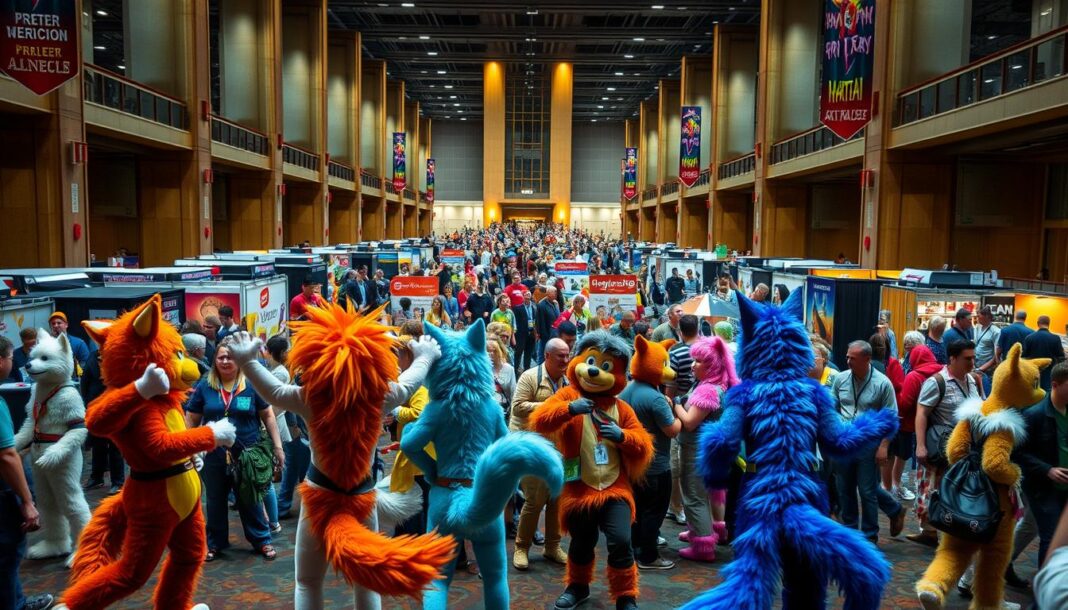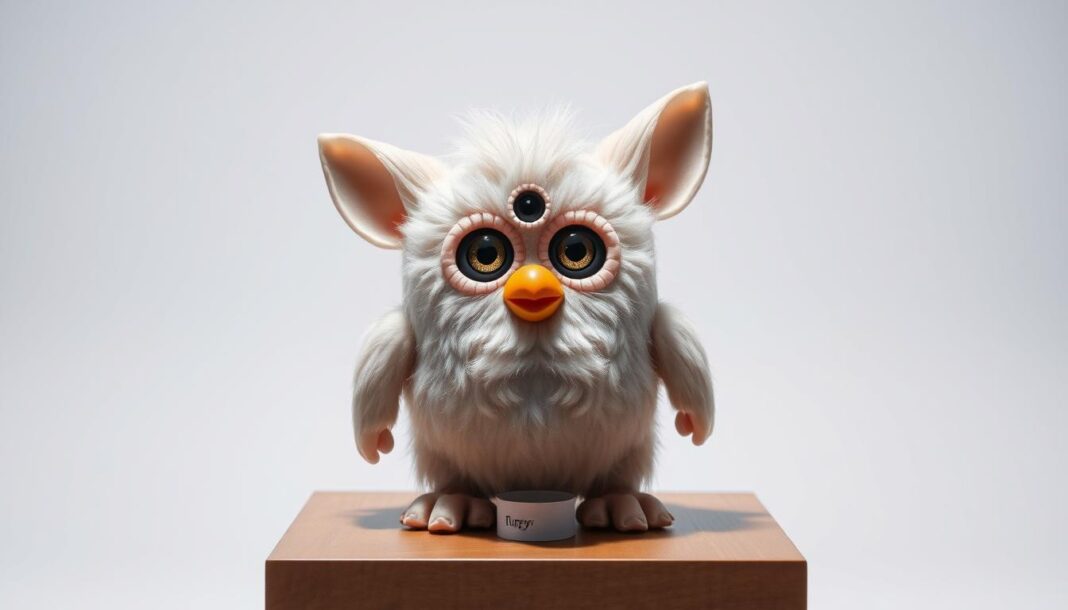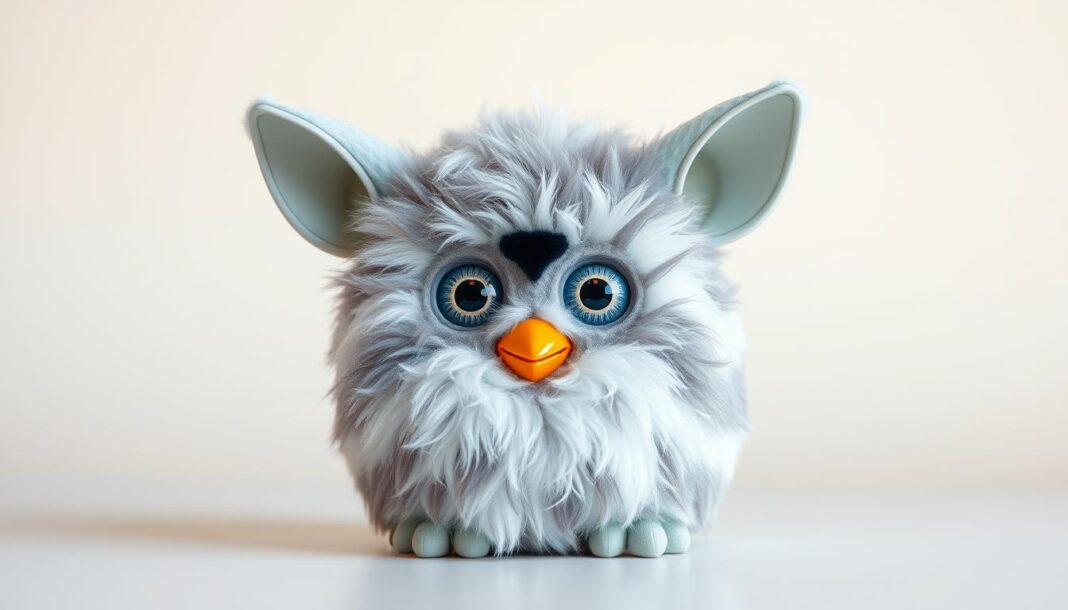The furry fandom is a vibrant subculture that celebrates anthropomorphic animal characters. Since the 1980s, it has grown from a niche interest into a global phenomenon. Today, major conventions attract thousands, blending creativity, identity, and digital connections.
Ancient myths, like Egyptian Bastet and Native American Coyote, laid the groundwork for modern interpretations. These tales shaped how people view human-like animals in stories and art. Now, the community thrives through shared passions and events.
From art to gatherings, the fandom continues to evolve. It’s a space where imagination meets belonging. Whether through costumes or digital creations, members express themselves freely.
The Origins of the Furry Fandom
Disney’s animated classics unknowingly sparked a cultural phenomenon in the 1970s. Films like Robin Hood (1973) showcased anthropomorphic animals with human traits, inspiring fans to reimagine animal characters in new ways. Meanwhile, underground comics like Ken Fletcher’s Vootie APA blended adult themes with animal artistry, laying groundwork for the subculture.
Early Influences and Predecessors
By 1980, Steve Gallacci’s Albedo Anthropomorphics fueled discussions at sci-fi cons. These gatherings, like Worldcon, became hubs for fans of animal characters. The term “furry fandom” emerged in zines by 1983, but it was the gritty charm of Watership Down (1978) that deepened the appeal of human-like animals.
The Birth of Furry as a Subculture
The 1980s saw a shift from casual fans to a tight-knit community. Conventions like Confurence formalized the movement. By the mid-1990s, the internet accelerated its spread worldwide, turning niche meetups into a global network of creators and enthusiasts.
Key Milestones in Furry History
Zine culture in the 1970s quietly laid the foundation for a growing movement. Fans exchanged hand-drawn art and stories, building a community long before the internet connected them globally. By 1989, this underground energy exploded at Confurence 0—the first dedicated furry convention—with 65 attendees.
1970s–1980s: The Underground Beginnings
DIY zines and sci-fi cons nurtured the subculture. Events like Worldcon became hubs for anthropomorphic artistry. The 1980s saw tighter bonds, culminating in Confurence at Costa Mesa’s Holiday Inn. Attendees shared costumes, sketches, and ideas—a blueprint for future conventions.
1990s: The Internet Revolution
AOL chatrooms and early websites transformed the fandom. In 1990, the alt.fan.furry group and FurryMUCK roleplay platform launched, enabling real-time collaboration. By 1998, furry demographics were formally studied, debuting data on this once-niche community.
| Era | Key Event | Impact |
|---|---|---|
| 1970s–1980s | Zine exchanges | Local networks formed |
| 1989 | Confurence 0 | First formal gathering |
| 1990s | FurryMUCK launch | Global digital expansion |
The term “furry lifestyler” emerged in 1996, sparking debates about identity. Meanwhile, Furcadia (1998) became the first MMORPG for furry roleplay—proof of the subculture’s tech-savvy roots.
Anthropomorphic Animals in Art and Media
Long before digital art, anthropomorphic animals captivated audiences through myths and early comics. These characters blended human traits with animal forms, creating a timeless concept that evolved across cultures. Today, they thrive in art, films, and online communities.
From Ancient Myths to Modern Comics
Walt Kelly’s 1940s Funny Animals comics laid groundwork for furry-inspired art. By 1965, Kimba the White Lion linked folklore to animated storytelling. Underground works like Omaha the Cat Dancer pushed boundaries, while Bill Holbrook’s Kevin and Kell (1995–present) became the longest-running furry comic.
Disney and the Mainstreaming of Furry Aesthetics
Disney’s Zootopia (2016) grossed $1.025 billion, proving furry appeal in mainstream culture. The film’s marketing even targeted furry fans. Meanwhile, early platforms like FurryMUCK let users roleplay animal characters online, shaping digital worlds.
The Rise of Furry Conventions
The late 1980s marked a turning point for organized furry gatherings. What began as small meetups blossomed into dedicated conventions, creating spaces for artists, fans, and performers to connect. These events became the heartbeat of the fandom.
Confurence 0: The First Furry Convention
In 1989, 65 pioneers gathered at a Holiday Inn in Costa Mesa for Confurence 0. Organizers faced hurdles—hotels hesitated to host unknown events. Yet creative programming, from art shows to costume contests, set the standard for future conventions.
The success proved demand for dedicated furry spaces. By 1996, attendance tripled. Early challenges shaped how later cons negotiated venues and schedules.
Anthrocon and the Global Furry Community
Anthrocon emerged as a powerhouse, drawing 5,861 attendees to Pittsburgh in 2008. The event pumped $3 million into local businesses—a testament to the fandom’s economic impact. Hotels now compete to host these vibrant gatherings.
Other regions followed suit:
- Europe’s Eurofurence blends art with nightlife
- Australia’s OzFurry highlights local creators
- Midwest FurFest set records with 11,019 attendees in 2019
Charity drives became a hallmark. Cons raised $470,000 for animal welfare from 2000–2009. The pandemic brought hybrid formats, with virtual panels complementing in-person community building.
Today, over 40 active conventions worldwide celebrate this creative culture. From hotel ballrooms to city-wide takeovers, these Anthrocon-inspired gatherings show how niche passions can reshape spaces.
Furry Culture and Community
Fursonas serve as powerful tools for self-discovery in the furry community. These personalized animal personas reflect creativity and identity, with 95% of members crafting one. For many, it’s more than a hobby—it’s a way to explore belonging.
Fursonas: Identity and Self-Expression
Nearly half of furries keep the same fursona for over five years, showing deep emotional ties. Species choices reveal fascinating trends: 60% prefer carnivores, while 15% opt for mythical creatures. For LGBTQ+ youth, designing a persona often becomes a safe space for gender and sexual exploration.
A 2016 study highlighted the fandom’s inclusivity, with 23.3% female, 2% transgender, and 10% non-binary participants. Autistic people also find acceptance here—15% self-identify, compared to 2% in the general population.
Inclusivity and Diversity in the Fandom
The group actively addresses challenges, like the 2013 Adjectivespecies debates on zoophilia. Initiatives like Black Furies Matter promote racial diversity, ensuring all voices are heard.
- Community bonds: 76% of furry relationships involve other members.
- Creative freedom: Fursonas evolve alongside personal growth.
- Global reach: Events unite people across cultures. Learn more about furry demographics.
Furry Art and Creativity
Behind every fursona lies hours of artistry, whether on screens or sewing machines. The furry fandom thrives on creative expression, blending digital art platforms with intricate costumes. This dual focus has shaped a vibrant economy and culture.
The Role of Digital Art Platforms
Fur Affinity dominated the space, hitting 1.2M users before its 2020 breach. Rivals like Inkbunny and SoFurry offer stricter content moderation, catering to different art styles. These sites empower artists to monetize their work globally.
Key differences stand out:
- Inkbunny bans mature content by default
- SoFurry allows customizable filters for audiences
- Both platforms support commissions, fueling the fandom’s gig economy
Fursuits and Craftsmanship
From $500 mascot designs to $10K animatronic marvels, fursuits showcase extreme craftsmanship. Makers like MixedCandy blend theater techniques with foam sculpting. Clockwork Creature adds LED accents, pushing boundaries.
Innovations keep evolving:
- Cooling vests combat overheating in costumes
- 3D-printed paw pads improve durability
- Etsy sellers democratize accessories, from tails to ears
In 2018, 45% of con-goers owned partial or full suits—proof of their cultural weight. These wearable art pieces transform identities into tangible reality.
Public Perception and Misconceptions
From sensational headlines to political scare tactics, misconceptions plague furry culture. While 24% of members report purely non-sexual interests (2007 survey), media often focuses on extreme stereotypes. This gap between reality and portrayal fuels ongoing debates.
Media Portrayals and Stereotypes
CSI’s 2007 “Fur and Loathing” episode reached 25.3M viewers but misrepresented the community. It depicted furries as hypersexualized outcasts—a stark contrast to BBC’s balanced 2009 Ursa-nominated documentary. Vanity Fair’s 2001 piece similarly leaned into shock value over substance.
Conventions reacted to skewed coverage. After FurFright’s 2007 undercover reporting, many events banned media crews. “We prioritize member safety over sensationalism,” stated one organizer in 2010.
Debunking the Myths
The International Anthropomorphic Research Project disproves common myths. Only 1% of furries express interest in bestiality—lower than general population averages. Yet zoophile stereotypes persist, often conflating costumes with criminal behavior.
Political falsehoods escalated in 2022 when 20+ GOP officials claimed schools provided litter boxes for children identifying as animals. Investigative journalists traced these rumors to anti-trans strategies, not actual furry influence. Like banned toys, furries became scapegoats for cultural anxieties.
Accurate representation matters. When media moves beyond clickbait, it reveals a creative subculture thriving on artistry and acceptance.
The Intersection of Furries and Technology
Tech-savvy furries have shaped digital spaces for decades. With 70% holding post-secondary tech education (2016), the IT industry benefits from their skills in coding, cybersecurity, and open-source projects. This synergy between creativity and tech drives innovations across online communities and virtual worlds.
Furries in the IT Industry
Furry contributors helped build Linux kernels and Mozilla’s Firefox. Their niche expertise also strengthens cybersecurity—many work in ethical hacking. The fandom’s internet fluency traces back to early platforms like FurryMUCK, where users coded interactive worlds.
Notable tech intersections:
- Telegram dominates Discord for NSFW groups due to privacy features
- PawStars VR merges social media with immersive roleplay
- FA: Gallery’s NFT marketplace uses blockchain for artist royalties
Online Communities and Social Media
The Ferzu app hit 500K users by 2020, proving demand for furry-focused networks. Twitter sees 15K daily tweets under furry hashtags—double the traffic of niche gaming tags. Conventions now invest in encrypted registration systems, reflecting the fandom’s security awareness.
From electronic toy mods to VR meetups, furries keep redefining digital interaction. Their legacy isn’t just art—it’s the tech that lets that art thrive.
The Enduring Legacy of Furries in Pop Culture
Beastars’ 18M Netflix streams prove furry aesthetics have mass appeal. The show’s characters blend drama with anthropomorphic charm, normalizing the style in pop culture. Even niche hits like Critical Role’s Sprinkle the Weasel merch sell out, showing demand for creative spins on animal personas.
In 2022, the Furrydelphia Orchestra performed a symphonic tribute to the fandom. Events like this highlight its artistic acceptance. Meanwhile, AI tools reshape how furry art is made, offering new ways to design original creatures faster.
From electronic toys to VR meetups, furry creativity drives digital subcultures. Their legacy isn’t just about things—it’s how they redefine belonging in the 21st century.


